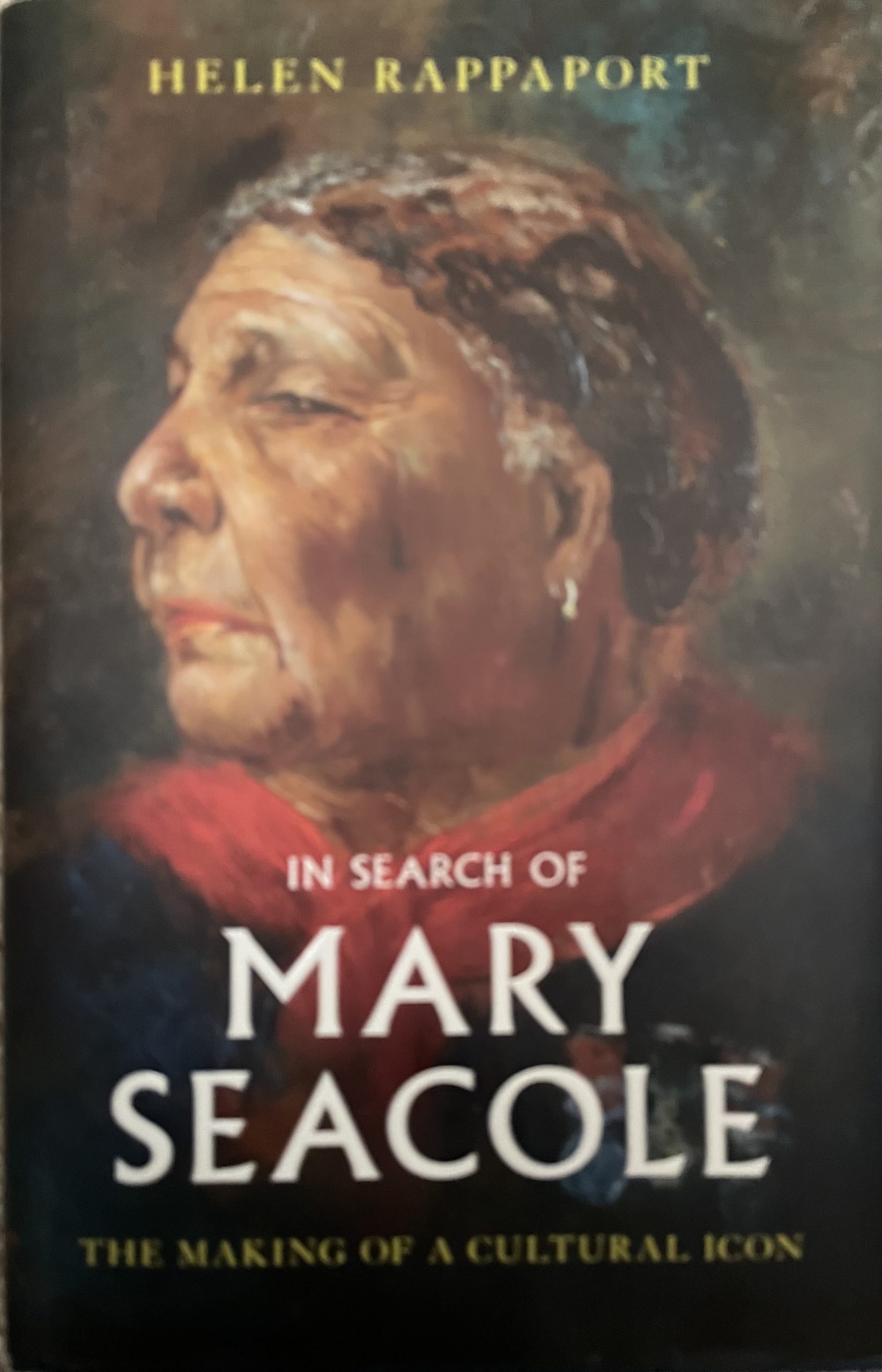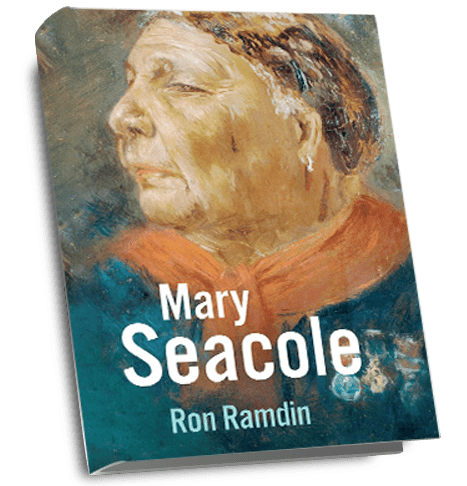
“Mary is portrayed as a a caring person ready to minister to the sick, but also as a feisty businesswoman”
This book debunks many of the myths surrounding the Seacole story that have passed into folklore. The author approaches her task as an investigator, fact-checking everything with a forensic approach. Was Mary really born on November 23 1805 as Wikipedia asserts? Who exactly was her Scottish father? And what became of Mary’s daughter Sally? We don’t get a definitive answer on all of these questions, but the background information provided by Helen Rappaport is fascinating, and the 20 years she spent on this work has really paid off.
The writer has a very engaging style. For example, the picture she paints of Jamaica, where Mary grew up, is so vivid it makes the reader feel as though you are there.
Mary is portrayed as a a caring person ready to minister to the sick, but also as a feisty businesswoman. She somehow managed to mesh that entrepreneurial spirit with her nursing skills.
It’s clear she had a strong rapport with ordinary people, for example the gold prospectors she came across when she was in Panama. Conditions were harsh and when people fell ill she nursed them, using skills she had learned from her mother during her early life in Kingston.
There has been a long debate over whether Mary was a nurse or not. But by the end of this book that seems almost irrelevant. The fact is she was a well-travelled, determined woman who gathered a multitude of skills over the years which she put to good use for the benefit of others.
The book tells us that Mary Seacole and Florence Nightingale met only once when Mary spent a night at the Scutari military hospital in Turkey while on her way to Crimea.
Mary set up a store on one of the roads to the battlefield and sold provisions to the soldiers. She also provided meals and – much to Ms Nightingale’s disapproval – allowed the men to purchase alcohol.
Men who were sick or injured came to Mary to be treated. Those who were more seriously ill would make the long uncomfortable journey to the hospital in Scutari.
Mary Seacole and Florence Nightingale were almost polar opposite personalities but both women made a huge contribution and the servicemen who fought in Crimea have much to thank both of them for.
This latest biography helps shed light on the fascinating story of Mary Seacole, the most famous black woman in Victorian Britain, who remains an inspiration to all of us to this day.
Trevor Sterling, Chair of Trustees, Mary Seacole Trust



